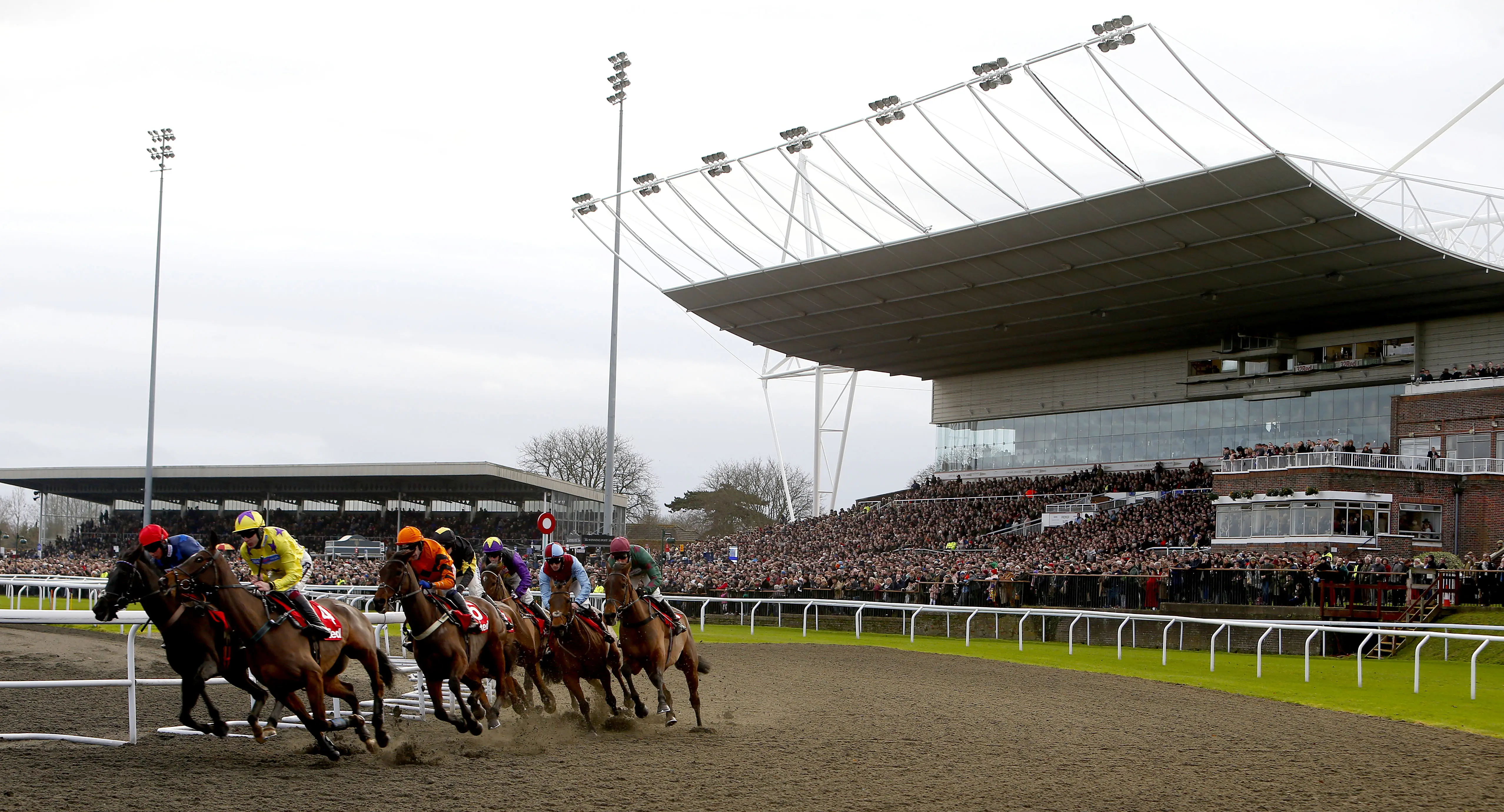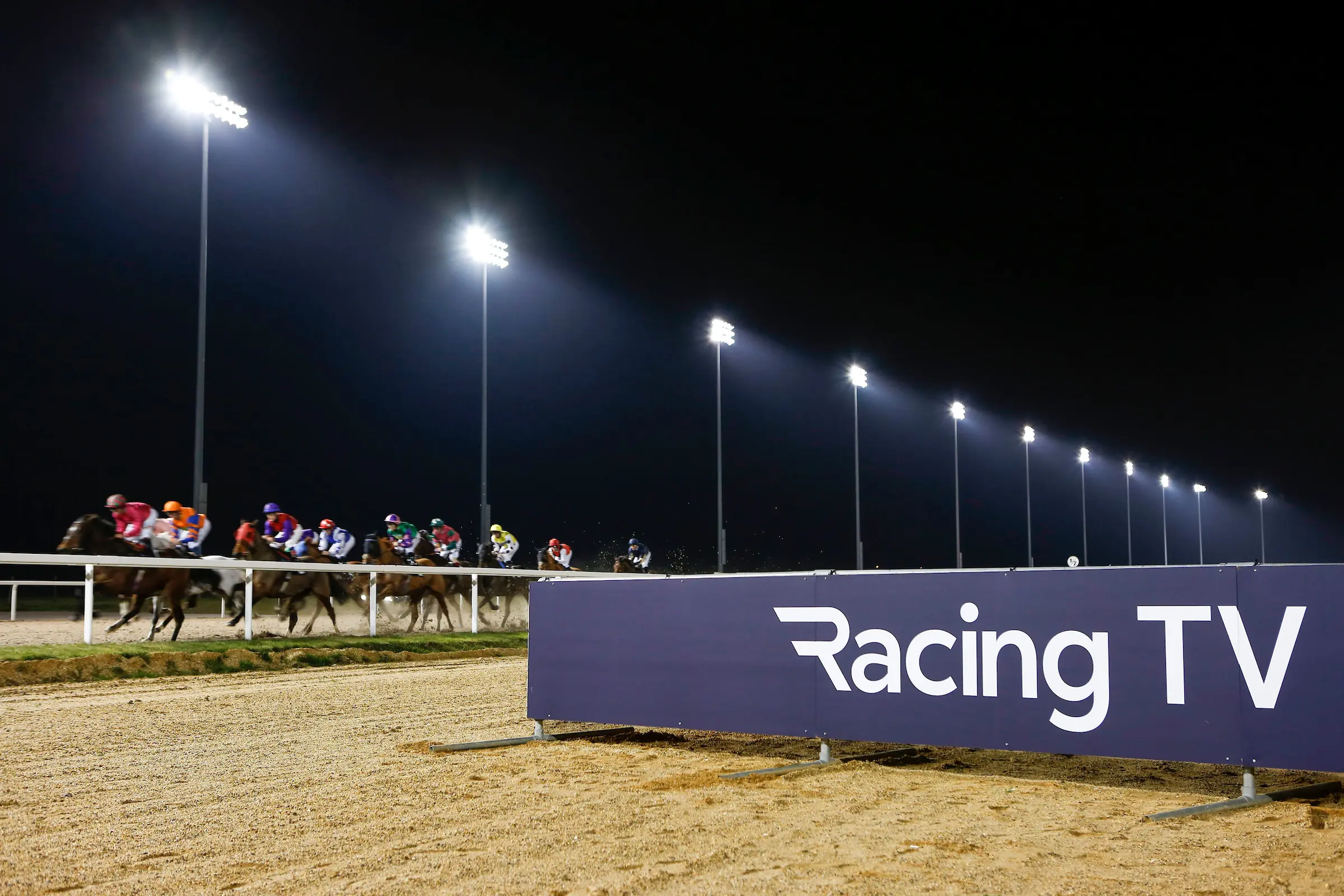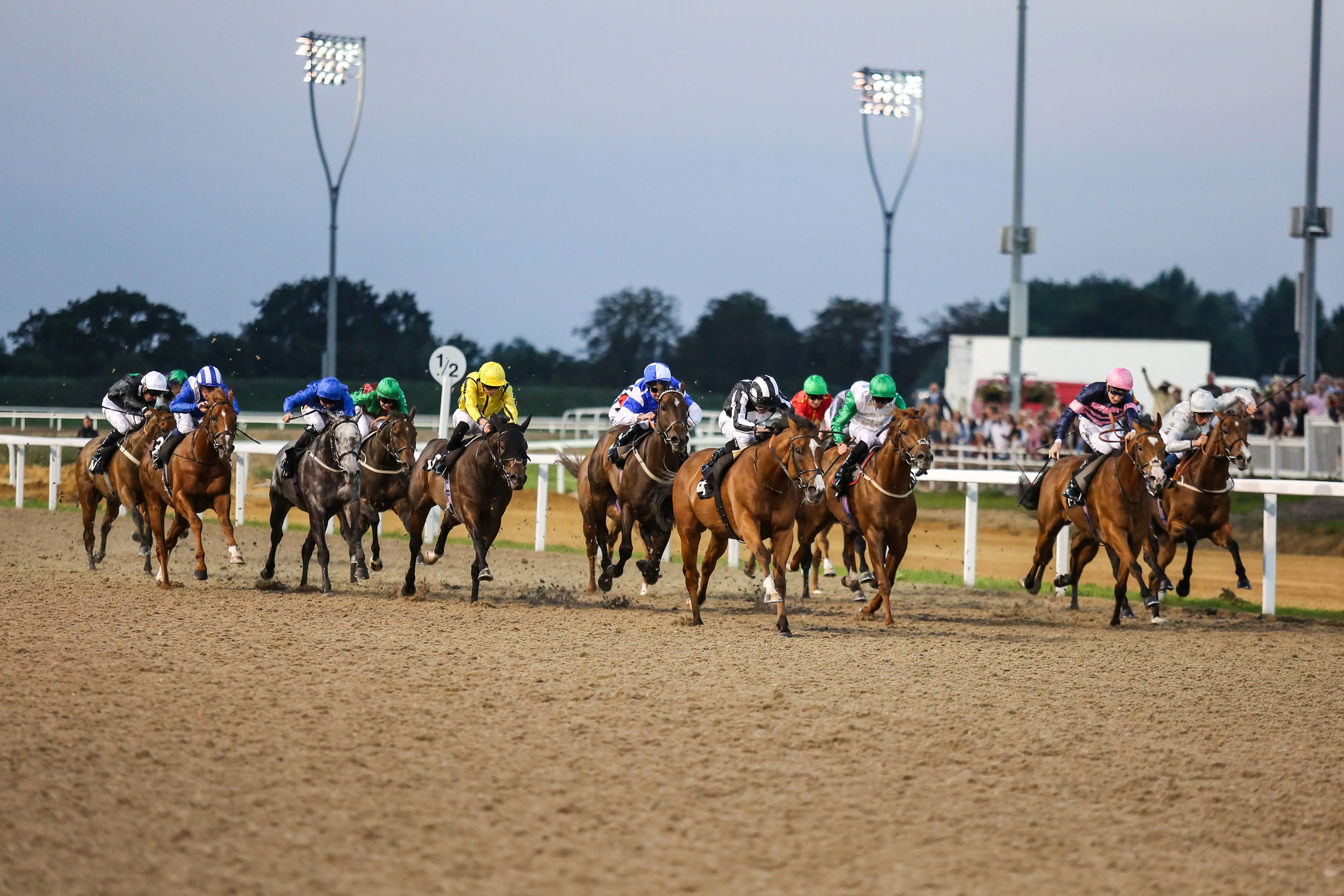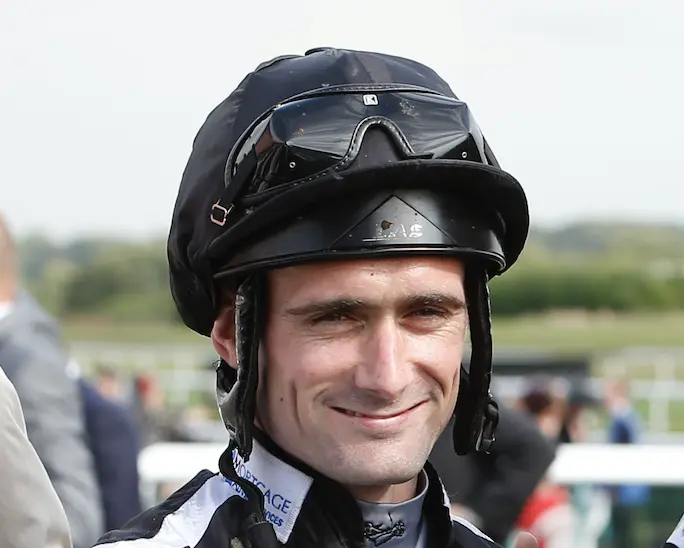Paul Mulrennan: My guide to the British All-Weather tracks
By Paul Mulrennan
Last Updated: Tue 5 Dec 2023
For Flat riders, the fall of autumn leaves and the gradual creep into winter means either a necessity to travel abroad or a shift of focus to the All-Weather in order to continue to earn a living.
In England, we have six All-Weather tracks with a Polytrack racing surface at Kempton, Chelmsford and Lingfield and a Tapeta racing surface at Newcastle, Wolverhampton and Southwell.
The key to riding all of those tracks is the pace of the race. Get the fractions right and you can win from the front or behind.
Richard Kingscote so expertly demonstrated the importance of pace when making all aboard Proclaimer at Kempton on Wednesday evening.
Even at Newcastle, a stiff track with an uphill finish where the horses can usually get racing early, you can make all of the running given an uncontested lead.
All-Weather Characteristics

Kempton provides the chance to pounce from off the pace (Focusonracing)
Wolverhampton and Lingfield are speedy, sharp circuits with track position over the first furlong or so vitally important.
Over the sprint distances at Wolverhampton (5f, 6f and 7f) you are basically galloping straight into a bend so it’s crucial to break well and adopt a handy position. It is tough to come from off the pace at Wolverhampton, yet slightly easier with a ‘slingshot approach’ at Lingfield.
Chelmsford is a nice fair track with a big wide home straight. However, as the kickback is often most severe there, it does tend to pay to be handily positioned. Kempton also possesses a relatively wide home straight, and with the added benefit of a cutaway rail, this offers you half a chance if coming from further back in the field.
Looking ahead to the future, it’ll be interesting to ride Chelmsford’s inner grass track. I suspect the old Essex showground will quickly develop an American (Breeders’ Cup style) vibe. The turf track will be a very tight but we do have other similar tracks in the UK; namely Catterick and Chester.
Southwell is currently in the process of converting from Fibresand to Tapeta, and I can’t wait to be back riding there. I rode my first winner at Southwell – Perchancer for Pat Haslam (April 2001) – so it has always been a very lucky track for me.
Newcastle is probably the track where it’s easiest to ride a nice, patient waiting race.
However, there is a clear mid-to-stands’ side track bias. I think that some of that is to do with the way in which the track is harrowed (where the tractor tyres go) and the weather can play more of a role there than elsewhere.
Newcastle is a breezy, open expanse and the strong crosswinds kind of blow you inward towards that stands’ side rail. I can’t remember the last time I saw a horse win down the far rail at Newcastle. That said; overall it’s a fantastic track and we’ve seen that with John Gosden, William Haggas and Roger Varian regularly sending their top-class juveniles and three-year-olds there.
Impact of the Weather
If you walk down any beach (without a presence of water) in really hot weather you’ll notice its usually hard work.
Given a shower of rain - or indeed when the tide comes in – it tends to be much easier to navigate. All of the All-Weather tracks act in this manner, riding faster (and better) with rain and colder temperatures. Basically, the racing surface becomes more compact and tight.
If you take time to think about things logically, it’s really not rocket science. People used to believe that you needed a soft ground horse at Southwell, but the reality was nothing like that at all. With a shower to help compact the racing surface, you could literally hear the hooves thundering off the Fibresand.
Racing under Floodlights

Horses are unaffected by floodlights
I’ve yet to come across a horse that has shown a clear and evident dislike of floodlights.
Horses are broken in so well and soon become accustomed to being out in the dark and then going immediately into lit indoor arenas and schooling grounds. We don’t see the two-year-olds misbehaving in the manner of some 20-30 years ago, and much of the credit is down to the skills of the people breaking in the horses.
It’s a major business in itself nowadays with so many people working with young racehorses for a living. Richie McGrath (Middleham) is one such example for the North and Yorkshire. From the perspective of a jockey, riding under floodlights is pretty much the same as riding in broad daylight.
My Saturday ride at Wolverhampton
Simon Whitaker’s Billy Roberts contests the Class 6 Betway Handicap (7.30pm).
He’s a good old yardstick, and was gutsy when winning in this grade at Beverley last month. He’s on a good mark (56) on the All-Weather, and actually finished third in this very race back in 2019. Granted a little luck in running – which you always need around Wolverhampton – he should go well.
Most viewed
Saturday tips: 11-2 winner with three more selections to come
Dave Nevison's Saturday tips: best bets at Aintree
Paul Nicholls: Tingle Creek tip and guide to my Saturday runners
Richard Johnson’s first point-to-point runner to be ridden by his daughter
Friday tips: Dave Nevison's best bets at three different meetings
Copyright 2025 Racing TV - All Rights Reserved.
Please bet responsibly
Copyright 2025. All rights reserved

